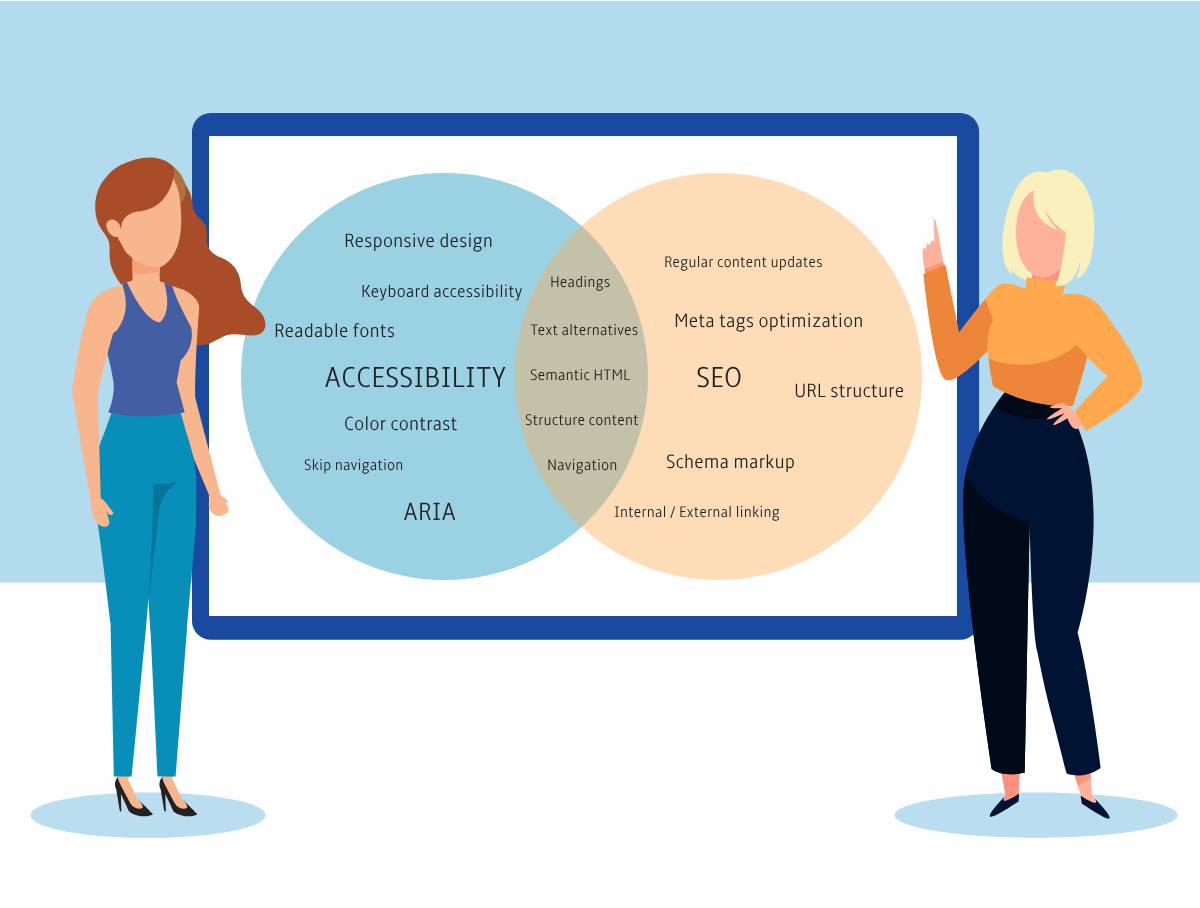9 things to remember in your localization process

Localization
In a previous post, we outlined what’s in WCAG 2.0 to 2.1. But if your organization supports more than one region, you’ll want to know what to prepare for localization.
Support all your regions
Reaching a broad audience is essential. With so much competition out there, it’s crucial to cast your net as wide as possible. But do you know everything that you need to consider in your localization process?
Never forget what needs to be localized with the list below.

Your localization checklist
The list includes the standard items included for localization and the items often forgotten.
Keep this handy checklist with you
- Copy – I’m sure you know to translate all the text on your website 👍
- Language attributes (
langorhreflangattributes) – The lang attributes identify the language of the current page, whereas,hreflangtells the user the language of the page in the link - Image text alternatives (
altattributes) – Not only does an alt describe the image to the user, but it’s the best way for your image to show up in search results Titletag – It can be used in other elements, but the most important one is the one found in the<head>tag; it’s the title of your page- Aria-label attributes – The
aria-labelattribute is a great way to add context to your audience - Off-screen positioned CSS text – Text read by screen readers but not visually available to your broad audience
- Table
summaryandcaptions– Gives your users information about the table Metatags– Page titles and meta descriptions- Long descriptions –
longdescis used when an image is too complex and requires more explanation than an alt tag
Screen readers and languages

💡 Did you know that screen readers can speak in different languages and voices? Grab a screen reader and listen to all the possibilities!
When you identify a page’s language,<html lang="en">, you tell the screen reader which language to use.
Conclusion
In conclusion, localizing accessibility attributes is crucial for creating a friendly and inclusive digital experience. Let’s prioritize localization to create a warm and welcoming digital landscape for your worldwide audience.


